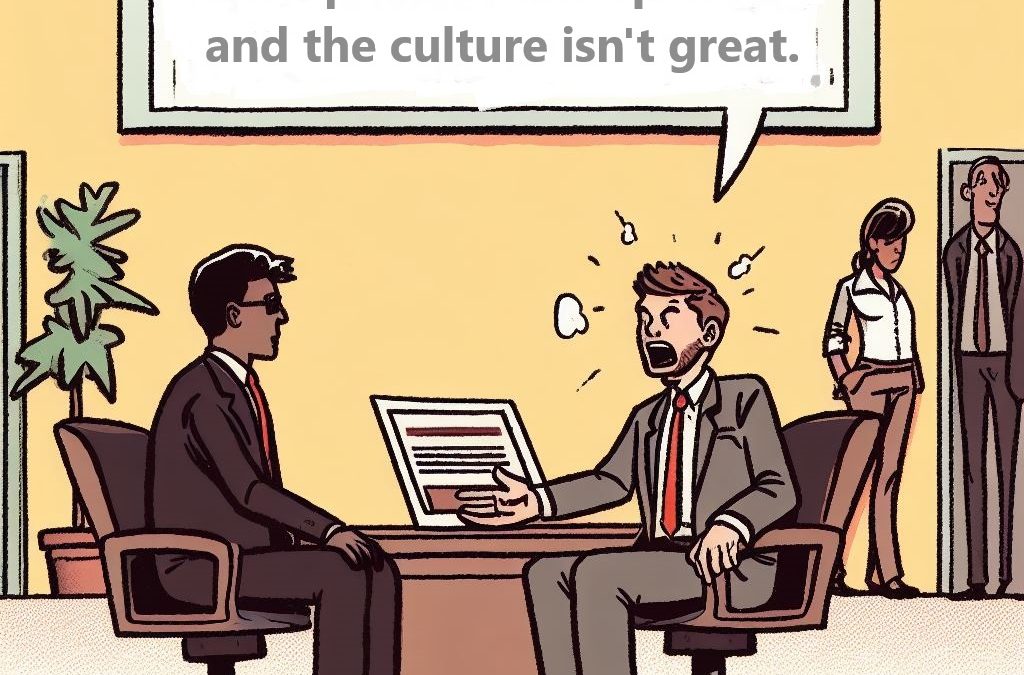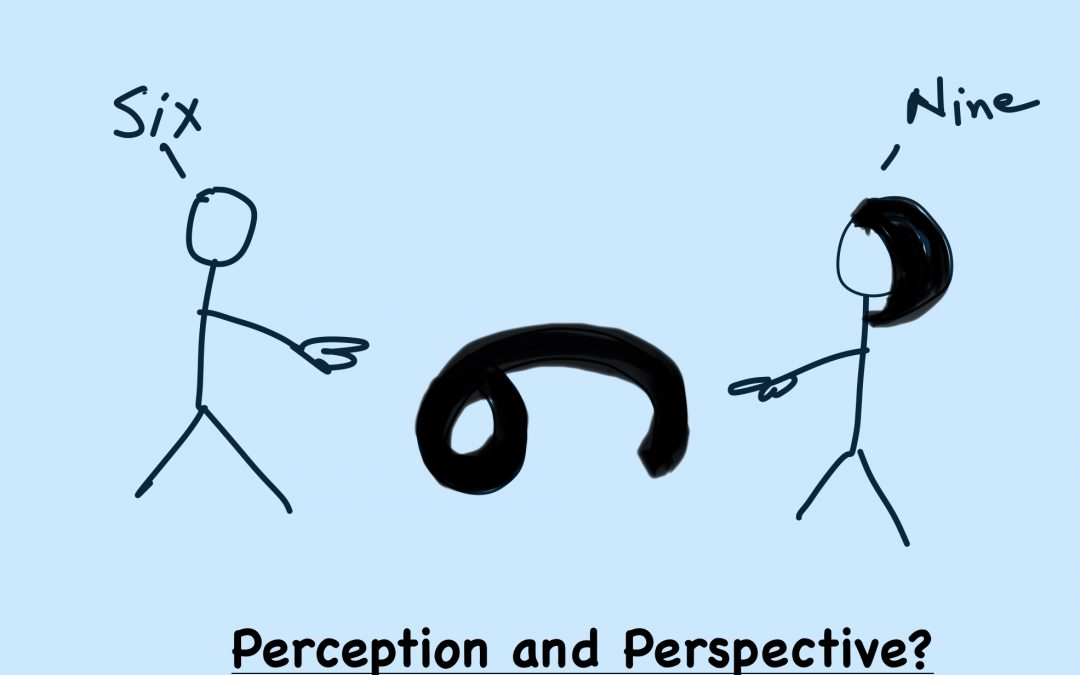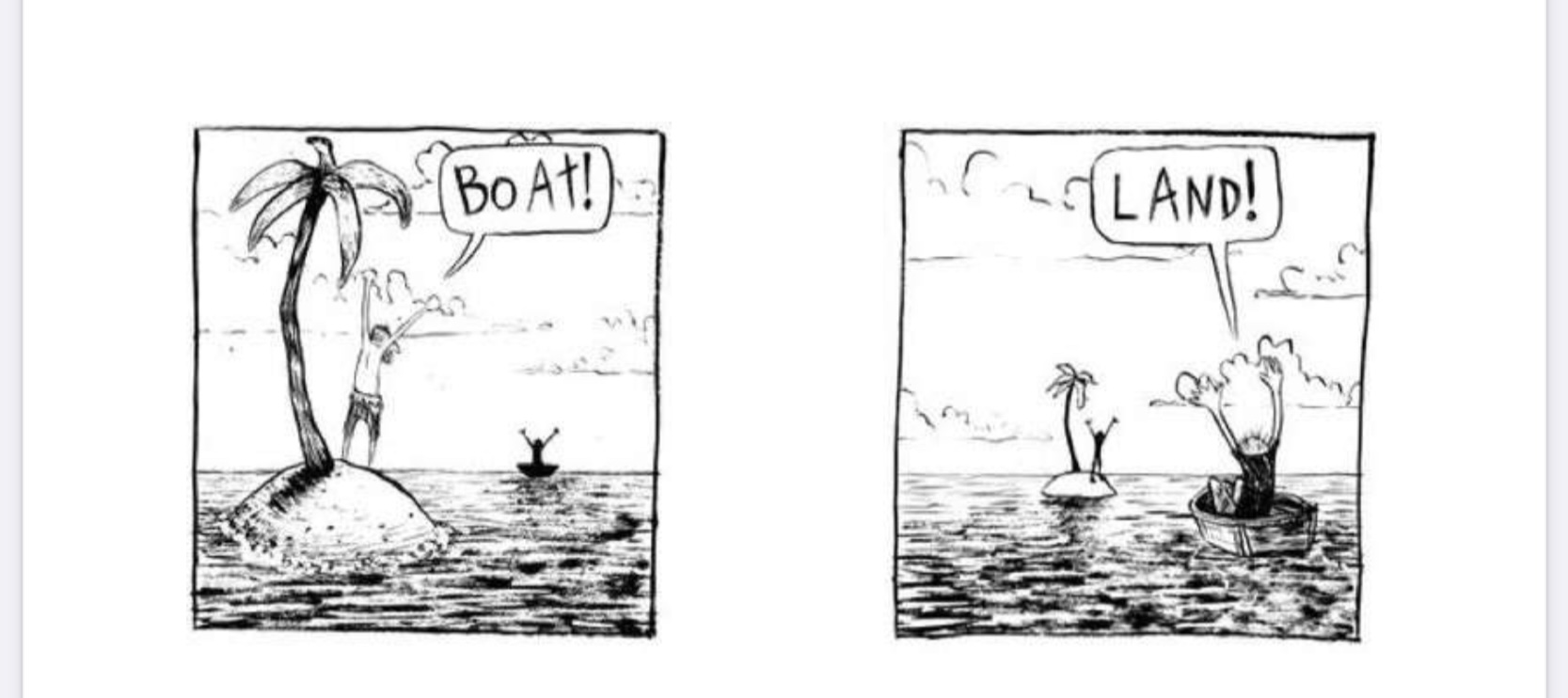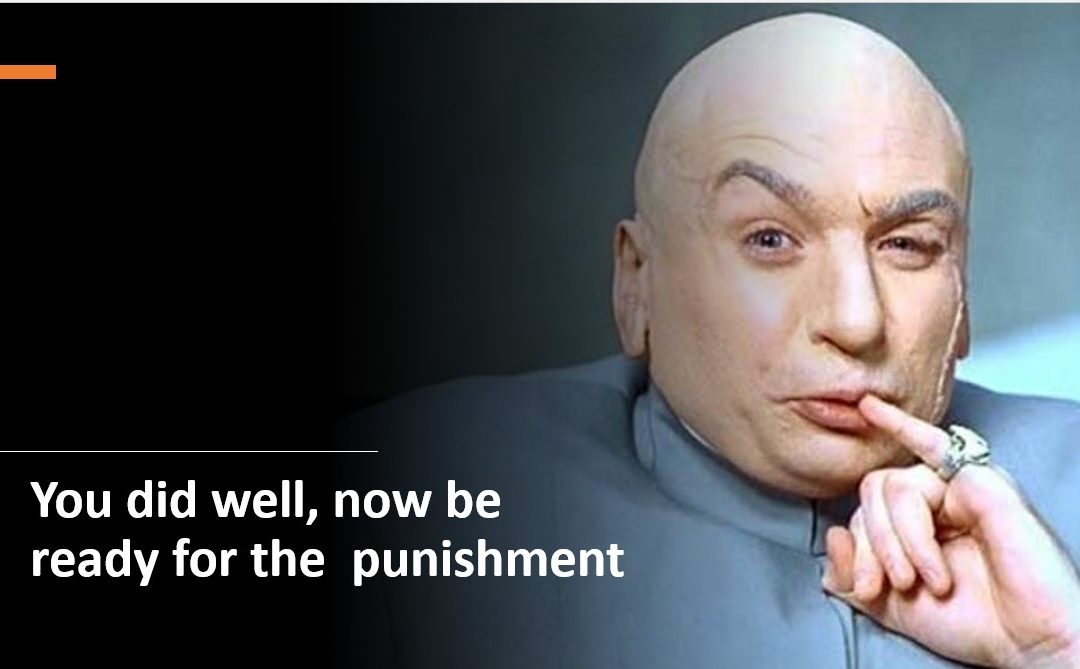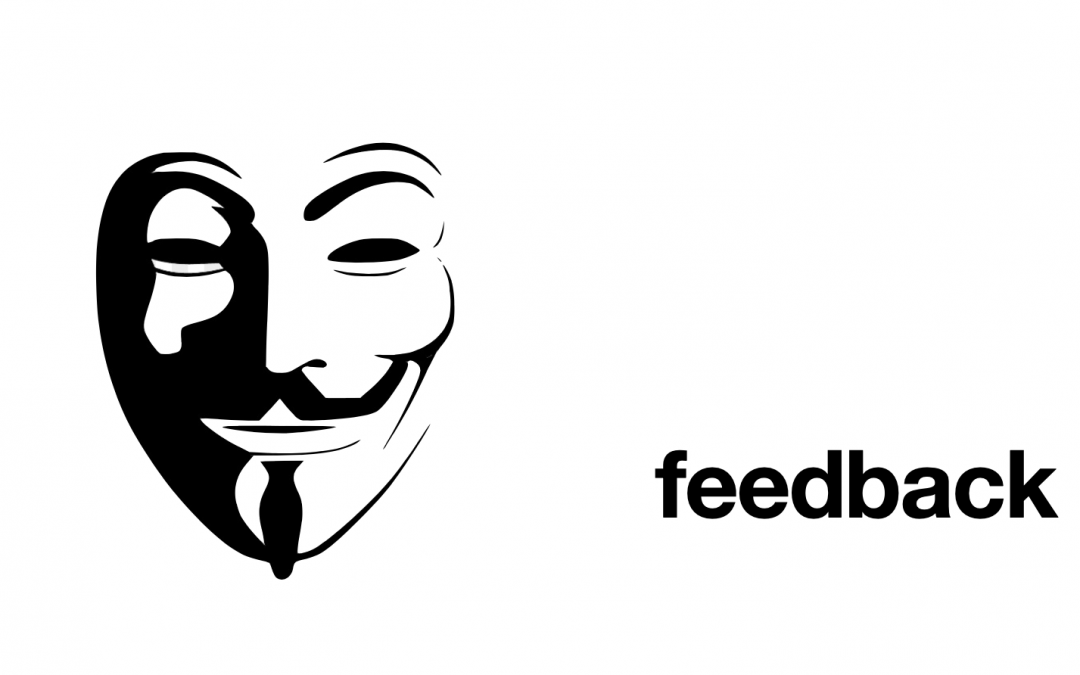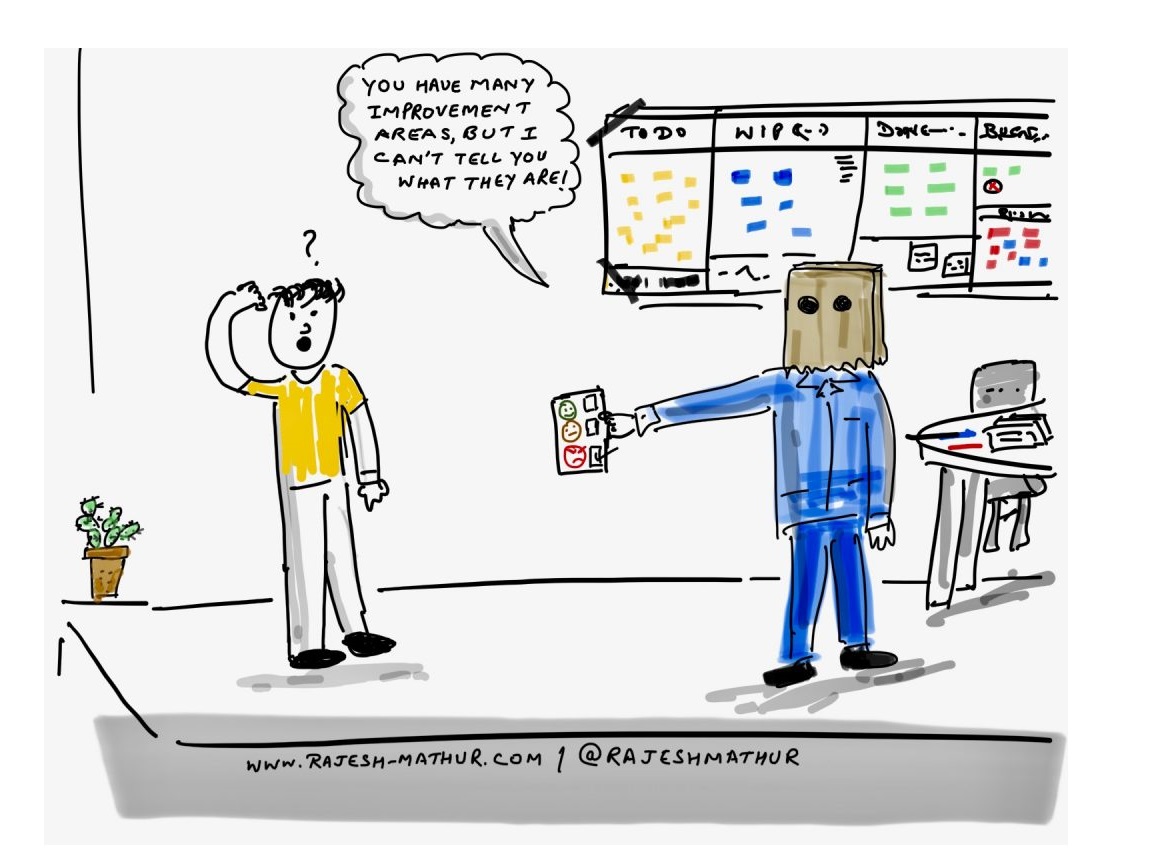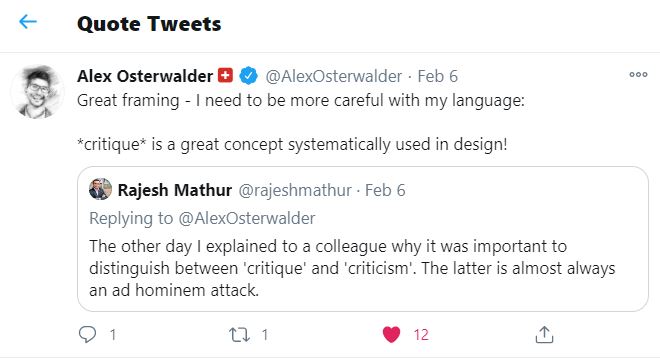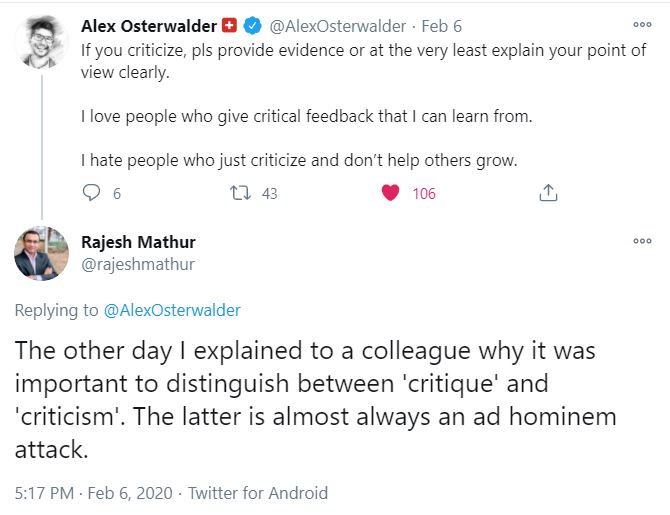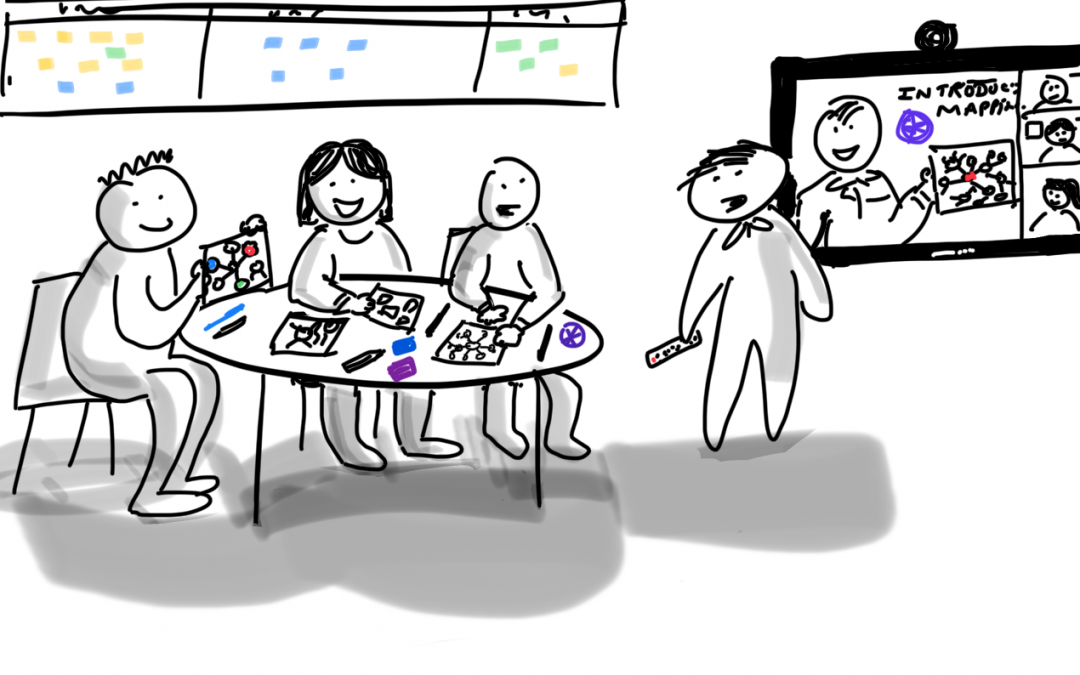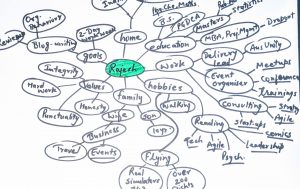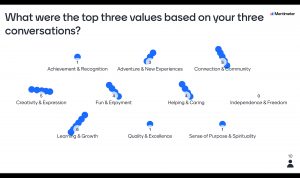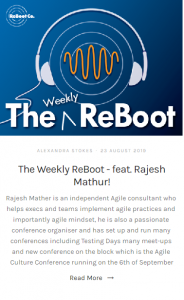This is a story from an organisation which I hated working for, but stayed for a couple of years because my then manager was a kind person and we both disliked the place equally. We were also comfortable with each other in talking about the incompetent people, who made the majority of that place and the organisational culture.
This place was a model organisation for all the wrong reasons. There were trust issues, toxicity, bad culture, nepotism, questionable management competence, lack of integrity, lack of empathy for employees as well as for customers among many other dysfunctions.
In simple words, it was a clusterfcuk. (A friend suggested that I replace it with “omnishambles”, which sounds more posh and sophisticated. Nah! doing so would dilute the effectiveness of this post. And more importantly, if I do use that fancy word, I will not be happy.)
Leading to win (that’s what I thought):
At one point of time at that place, I was leading a digital transformation team. Even though the whole thing was completely screwed up, and the consultants were screwing it up even more, I am thankful for all the lessons I learned there. Plus, the bonus was that I got all the stories to share like this one.
The people in my team were part of the same system. Some of them were new, and some had fused the organisation’s DNA with theirs. The environment was so bad, that all new people got influenced within weeks and became political quickly. If you don’t know how cults work, you can get an idea here.
Anyway, long story short. I was in the role for just a couple of months before I went for my planned leaves for about three weeks. The team was delivering the outcomes and I was doing my best to enable the achievements of those goals. I was coaching them, mentoring them and at times, holding hands to get work done.
Look, the problem with being too focused on your objectives is that sometimes you fail to read the room. People can be two faced and if you don’t realise that soon enough, they will do good enough damage.
Airlines teach pilots situational awareness. Which is about being aware of one’s surroundings, and not just rely on the instrument. Not being situationally aware can cause trouble and that was the mistake I made too. I should have been more diligent in keeping an eye on environmental factors. It is like product companies keeping an eye out on subtle feedback coming out on Twitter and fixing problems before they become issues.
Anyway, back to the story of the screwed up project and place.
Hoping for a reward:
When I returned from the leave and joined the work back, the CTO called me in his cabin.
The CTO was a nice person, but he wasn’t a charismatic leader and he lacked conviction (I was going to say ‘he lacked balls’, but that wouldn’t be nice, right?). His demeanor was of a person who is trying hard to stay in his job and not ruffle any feathers. But you know what, an appease-all policy makes your position weaker. In my opinion, stronger and assertive people command more respect and have better chances of staying or growing in their jobs than others.
So yeah, he called me for a quick meeting in his office.
“Recognition time!”, I thought.
Yes, you guessed it right. I was not going to get recognition. I was there for a reprimand.
With a serious face, and a deep tone, he said that the team told him that Rajesh was gone, and no one noticed. It seemed that I wasn’t making an impact. And that I did not have control on the team. In his opinion, the team should have been dependent on my leadership.
Honestly, I felt betrayed by the team. I treated them as friends, and they behaved like grade 3 kids who tell on you to the teacher. I also felt bad that the team couldn’t see the bigger picture. They had much more freedom than other teams.
So, when I replied to the CTO, he was instantly remorseful.
I said, “I am actually quite happy to hear what the team said to you.”
He looked confused, and said, “What do you mean?”
I continued, “It seems that I was able to achieve my goal much earlier than expected. If the team believes that they were able to function without having someone guiding and driving them, then they have become a self-contained, self-organised team. They have learned much more about delivering innovative products than anyone else in the entire group. I know that there are many other organisations and teams that try their best to achieve self-organisation and never reach there. We should celebrate that we are doing the right thing.”
There was a long pause.
Then the CTO said, “I should have thought that, and I should have said that to the team. You are right. Sorry that I didn’t manage it well.”
WHOA! I never expected that I would ever hear those words. While there was no formal recognition, at least he understood what I was trying to do.
Culture change is hard:
You might be wondering what happened next. When I tell this story to people, some assume that there was a happy ending with rewards, awards, recognitions, and a case study of organisational improvement.
No, nothing of that sort happened. Culture problems often have deep roots and resolving them takes time, courage, integrity, congruence, openness and willingness by the leaders first. I think it all starts with accepting that there are problems.
In this case too, culture problems were deep rooted.
To me, it was clear that trust was an issue. It was broken.
I did have an open discussion with the team and we discussed having honesty meetings. Someday I will write about that too.
Most of the team members understood what they had achieved and that I was there to help. Yet, some of them were not onboard. They were laggards. After leaving that organisation many years ago, I came to know that the laggards were still there where they were.
Not long after that incident, I left that organisation. I knew that I was a square peg in a round hole.
One can only try to change a system. Most of the time you can only influence a small part of a system and there is a high likelihood that this small part will go back to its old ways due to other parts of the system.
When you try to change a system, not all parts of the system will react the same way. But that doesn’t mean that we stop trying.
I tried, I succeeded a little, and then I failed.
Change takes time. Effect of change can take even longer. And recognition and reward will not always be part of the process.
As change agents, we must be patient while remaining pragmatic.
